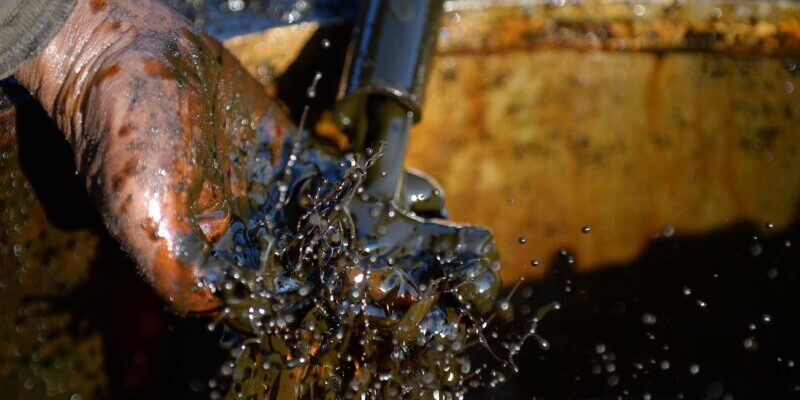The acquisition of 1.2 million metric tons of oil derivatives for sale cost US$803 million in the first quarter of this year, a 3 percent increase over the previous period.
Of the quantity purchased for sale, around 48.2 percent corresponds to diesel, 35.3 to gasoline, 9.4 to fuel ordoil, 5.5 to Jet A1, 1.3 to illuminating oil and the remaining 0.2 of asphalt bitumen.
Still of the acquisitions made, according to a summary presented on Friday 28th April, by the Petroleum Derivatives Regulatory Institute (IRDP), 64 percent were imported, 35 from the Luanda Refinery and 1% from Cabinda Golf Company-Topping de Cabinda.
In Angola, three new refineries are under construction to process crude oil in Cabinda (60,000/day), Soyo-Zaire (100,000/day) and Lobito-Benguela (200,000/day), quantities that will impact the reduction of current volumes of imported refined products.
In the period under analysis, according to data presented by the director general of the IRDP, Luís Fernandes, the country had an installed capacity for storing liquid fuels of 675,968 cubic meters on land.
As for the service stations in operational status, there were 904, 336 from Sonangol Distribuição e Comercialização (37 percent), 79 from Pumangol (9), 54 from Sonangalp (6), 51 from TEMA- Total Energies Marketing Angola( 5.6) and another 384 white flag – private agents (42.4).
Despite the number of service stations available, 40 municipalities in the country, out of 164, lack these services, according to the IRDP mapping.
Global sales of the various retail (B2C), consumption (B2B) and “bunkering” business segments amounted to 1.1 million metric tons, a decrease of approximately 7 percent compared to the 4th quarter and 2022 .
In terms of market share in sales volume, Sonangol Distribuição e Comercialização remains in the lead with around 62, followed by Pumangol with 21 percent, Sonangalp with 9 and Total with 8.
Of the volume of 96,091 metric tons (MT) of cooking gas (LPG) introduced into the domestic market, the Angola LGN factory supplied 90% of the total.
Other quantities come from the Luanda Refinery (6%) and Topping de Cabinda (4%).
In this segment, the country had an installed onshore storage capacity of 10,927 MT.
Sales made of gaseous fuels are around 108,640 MT, less 6%.
Sonangol Gás e Energias Renováveis, in this segment, maintains market leadership with a share of 79 percent, followed by Saigás with 11, Progás and Gastém with 4 and Canhonho Gás with 2.
The range of petroleum derivatives also includes lubricants, whose acquisition volume was around 8,379 MT sold on the domestic market. Of the total volume traded, only 1,543 MT were nationally produced, corresponding to 18 percent, and the remaining 82 were imported.
The provinces of Luanda, Benguela, Huíla, Huambo and Cabinda represent the “top five” with a total of 81 percent of national consumption.
![]()




